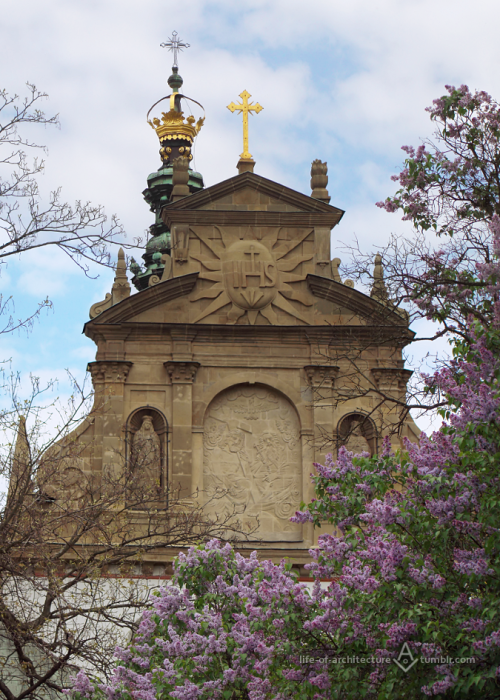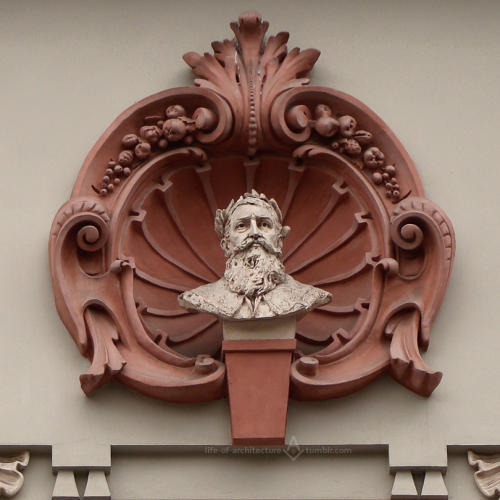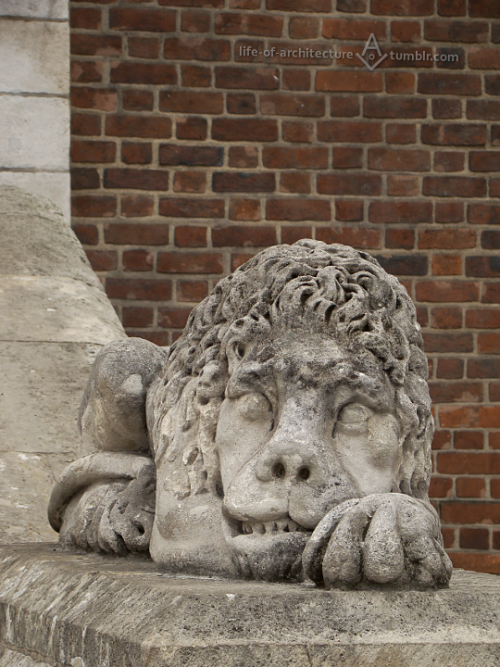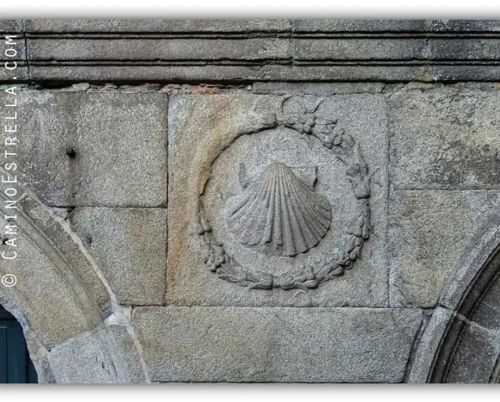#stonework

Ancient Roman marble statue group depicting the three Graces. Artist unknown; 2nd cent. CE. Now in the Metropolitan Museum of Art.

Limestone statue of a bearded man wearing a wreath and carrying votive offerings. Artist unknown; ca. 475-450 BCE. From Cyprus; now in the Metropolitan Museum of Art.

Ancient Egyptian block statue (gabbro with traces of pigment) of Neskhemenyu, son of Kapefha. Artist unknown; 4th cent. BCE (early Ptolemaic period). From a cache at the Temple of Amun, Thebes; now in the Metropolitan Museum of Art.

The Young St. John the Baptist, Antonio Rossellino, ca. 1470
Sorry for posting trash and yuk; please accept these

My lily-of-the-valleys are in full bloom on the shady side of the house. They smell absolutely heavenly.

and apparently one or two of them are trying to escape to freedom? By climbing DOWN the rock wall? I’ll be interested to see what they do next.
The plan of this garden is seen on the preceding page and it is certainly architectural. The whole theme revolves around the central pool and the changes in level are cleverly handled to provide a progression through the space.
Creative Gardens, 1986
Post link
Morning light flooding into the 10 pointed cupola ceiling of the Vélez Chapel in the Catedral de Santa María - Murcia, Spain
Post link






Legend tells that the Lincoln Imp was turned to stone after causing havoc in the cathedral. The city of Lincoln have adopted the grotesque as their mascot- Lincoln, UK
Kraków
Kościół śś. Piotra i Pawła, 1597-1630
foto z 11 stycznia 2020
Św. Juda Tadeusz - jeden z Dwunastu Apostołów na frontowym ogrodzeniu. Figura jest XX-wieczną kopią posągu dłuta Dawida Heela z lat 1721-1723. W prawej ręce święty pierwotnie trzymał narzędzie swojej śmierci - włócznię, wskazując na nią lewą ręką.
><><><><><><><><><><><><><><><
Kraków, Poland
SS Peter and Paul Church, 1597-1630
taken on 11 January 2020
St. Jude Thaddaeus - one of the Twelve Apostles on the front fence. The figure is a 20th c. copy of the one made in 1721-1723 by Dawid Heel. Originally the saint held the tool of his death - a spear - in his right hand while pointing at it with his other hand.
Post link
Kraków
Sukiennice, XIV-XIX w.
rzeźbiarz: Stanisław Lipiński
foto z 4 listopada 2017
Popiersie rycerza z datą 1333, wykonane w roku 1878 lub 1879, reprezentuje krakowską modę średniowieczną. Przypuszcza się, że bezpośrednią inspiracją był wizerunek w grupie magnackiej na karcie 1333-1434 w albumie Ubiory w Polsce 1200-1795autorstwaJana Matejki, wydanym w Krakowie w 1860 r.

><><><><><><><><><><><><><><><
Kraków, Poland
Cloth Hall, 14th-19th c.
sculptor: Stanisław Lipiński
taken on 4 November 2017
The bust of a knight with a date 1333, made in 1878 or 1879, represents the medieval fashion in Kraków. It is assumed that the sculpture was directly inspired by a drawing in the Clothing in Poland 1200-1795(chart1333-1434; the magnates group) by Jan Matejko, originally published in Kraków, 1860.
Post link
Kraków
ul. Gołębia 13
Uniwersytet Jagielloński - Collegium Witkowskiego
budynek z lat 1908-1911
architekt: Gabriel Niewiadomski
foto z 4 listopada 2017
><><><><><><><><><><><><><><><
Kraków, Poland
Jagiellonian University - The Witkowski College
built in 1908-1911
archiect: Gabriel Niewiadomski
taken on 4 November 2017
Post link
Stary Sącz
klasztor klarysek
Kościół Trójcy Świętej, XIII-XVIII w.
foto z 15 maja 2021
Szczyt fasady zachodniej z 1637 r. Płaskorzeźba Trójcy Świętej i flankujące ją posągi fundatorki klasztoru, św. Kingi i jej małżonka, księcia Bolesława Wstydliwego, pochodzą z 1861 r., w którym zastąpiły oryginalne dzieła. Aktualną płaskorzeźbę wykuli artyści ludowi Jan Adeodatus Martyński z Borzęcina i Jakub Krakowski według rysunku Szczęsnego Morawskiego, wzorowanego na wcześniejszej wersji.
Fasada na winiecie z żywota św. Kingi wydanego w 1892 r., w Krakowie.

><><><><><><><><><><><><><><><
Stary Sącz, Poland
Convent of the Poor Clares
Holy Trinity Church, 13-18th c.
taken on 15 May 2021
The westward facade’s top from 1637. The relief of the Holy Trinity and statues of the convent’s founder, Kinga of Poland, and her husband, Duke Bolesław V the Chaste, replaced the earlier artworks in 1861. The current relief was carved by folk artists Jan Adeodatus Martyński of Borzęcin and Jakub Krakowski, following Szczęsny Morawski’s drawing of the original version.
[the facade on a vignette from a hagiography of Kinga published in 1892, in Kraków]
Post link
Nowy Sącz
ul. Długosza 2
budynek szkolny z 1897 r.
architekt:Jan Peroś
foto z 18 kwietnia 2017
PopiersieJana KochanowskiegodłutaStanisława Wójcika.
><><><><><><><><><><><><><><><
Nowy Sącz, Poland
2 Długosza St.
school built in 1897
architect: Jan Peroś
taken on 18 April 2017
Bust of Jan Kochanowski by Stanisław Wójcik.
Post link
Kraków
Wieża Ratuszowa, XV w.
foto z 10 lipca 2019
Lwy przed frontowym portalem pochodzą z bramy pałacu rodu Morstinów w Pławowicach. Posągi, wykonane prawdopodobnie na początku XIX w., zostały przeniesione do Krakowa w 1964 r.
Jeden z lwów na swoim oryginalnym miejscu w 1928 r.

><><><><><><><><><><><><><><><
Kraków, Poland
Town Hall Tower, 15th c.
taken on 10 July 2019
Lions at the main portal came from the gate of the Morstin Palace in Pławowice. The statues were made probably in the early 19th c. and moved to Kraków in 1964.
[one of the lions on its original site in 1928]
Post link





Edderton Stone Circle and Cist Cairn, Edderton, Scotland


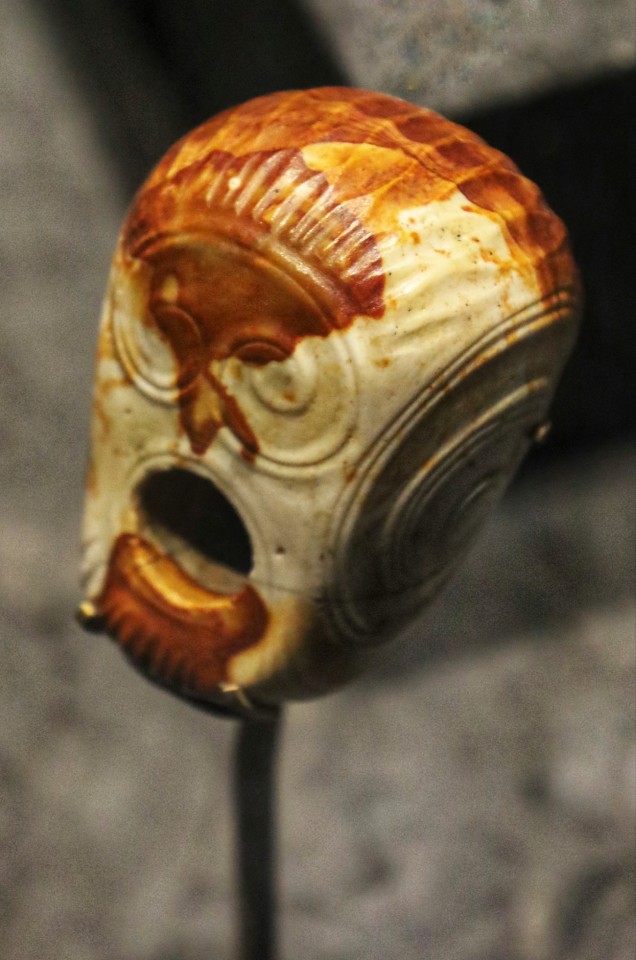
The Knowth Neolithic Flint Macehead (3300 - 2800BCE), ‘The World Of Stonehenge’ Exhibition, The British Museum






Nybster Iron Age Broch and Coastline, Caithness, Scotland






Prehistoric Petrospheres Photoset 4, ‘The World Of Stonehenge’ Exhibition, The British Museum
Old shell artwork along the Camino de Santiago Visit my shop for Camino de Santiago Art products: http://caminoestrella.com/shophttp://www.etsy.com/shop/CaminoEstrella
Post link
A Spanish capital from 1175-2000. It shows Samson, complete with his long hair, fighting a lion with one of his attendants next to him. This capital and another accompanying it likely supported a principal arch at the entrance to the choir of a church.
On a related note (related because the capital is from Spain!) I’m heading to Spain for a semester starting in January. I’d love any suggestions for cool Medieval things to see, whether it’s a museum, an old cathedral somewhere, or some ruins. I’m planning on doing some traveling too, so let me know if there are any great places in Europe I should add to my ever-growing list of places to see. Thanks a bunch!
Post link








